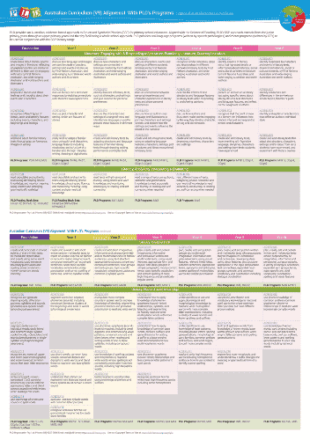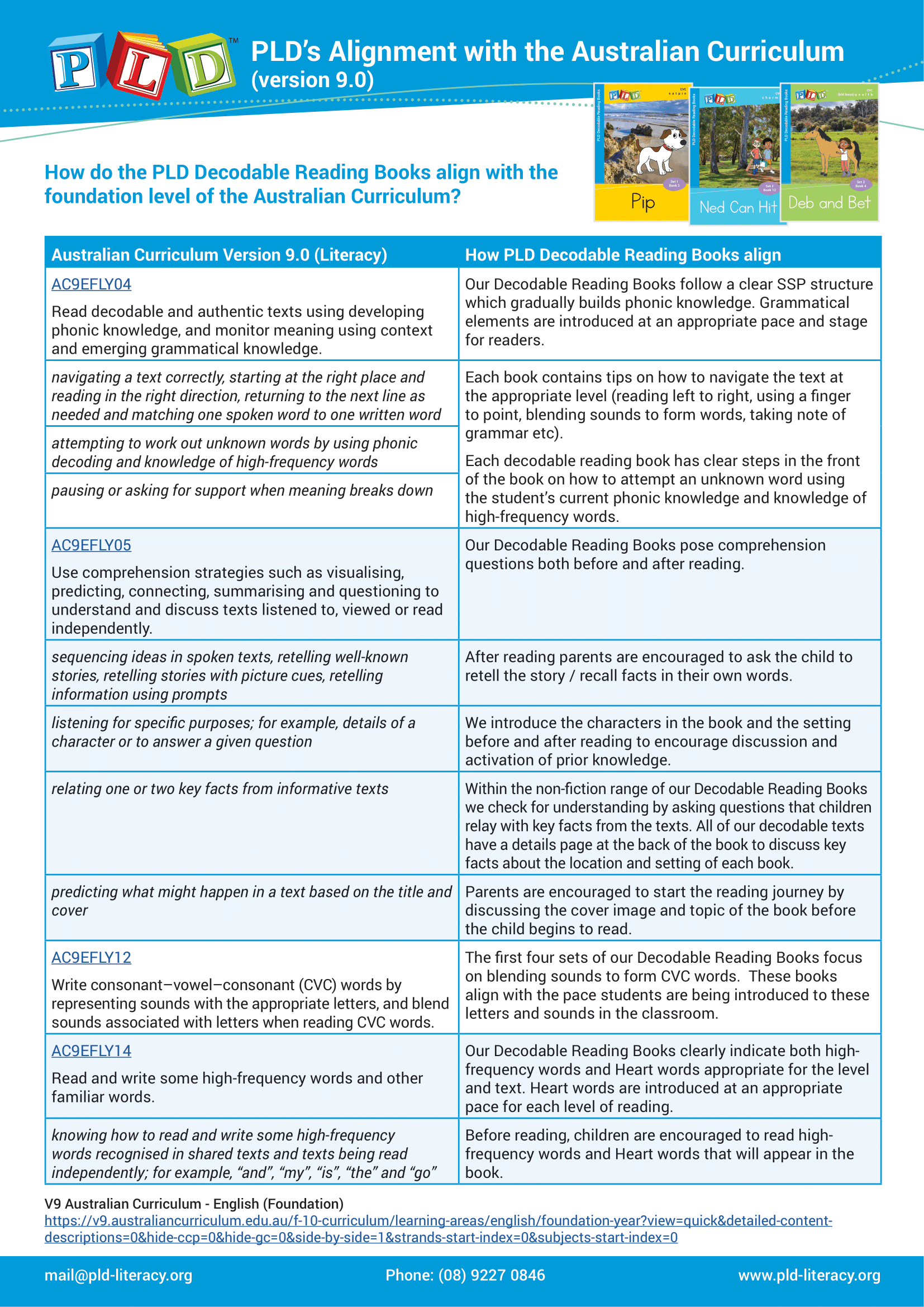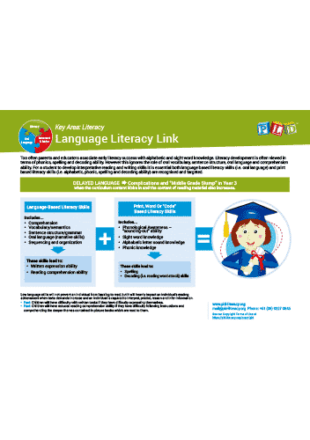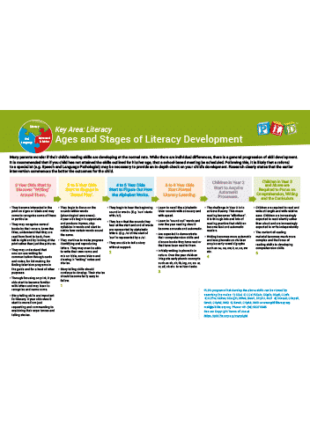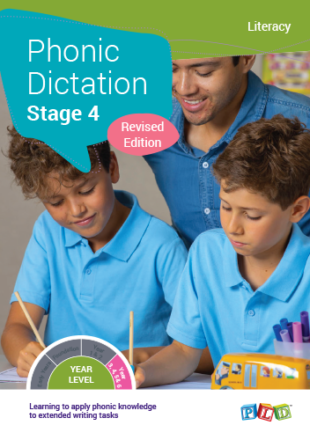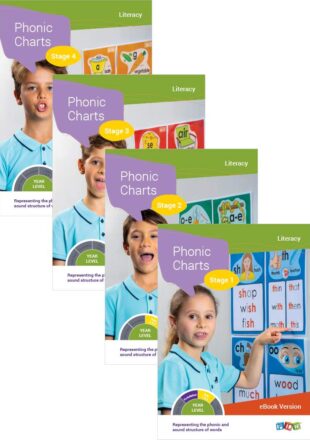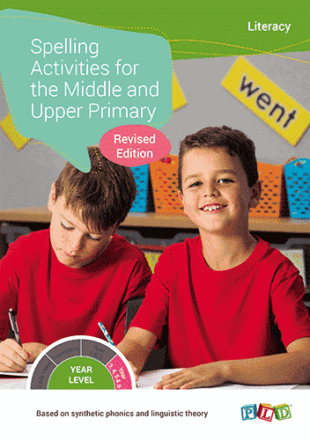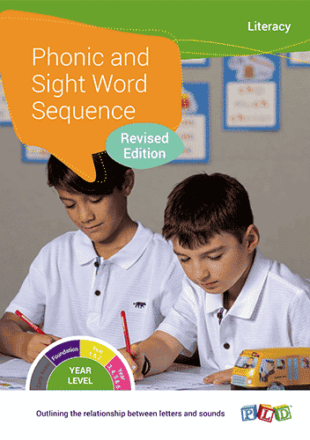-
PLD’s Alignment to the Australian National Curriculum
How does PLD align to the Australian National Curriculum?In the attached download we have outlined where PLD applies to each year level, the content code and descriptor and the related PLD programs.
-
PLD’s Alignment with the Early Years Learning Framework
-
PLD's Decodable Reading Books Alignment with the Australian Curriculum
Phonic Charts – Stage 4 - eBook
$35.00 (inc. $3.18 GST)
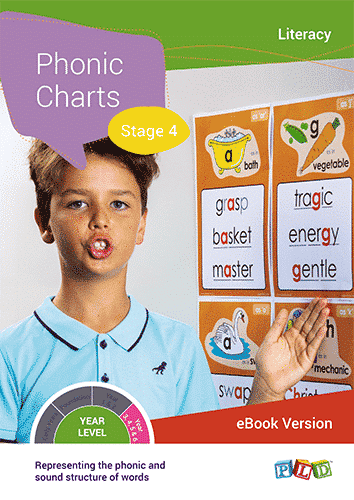
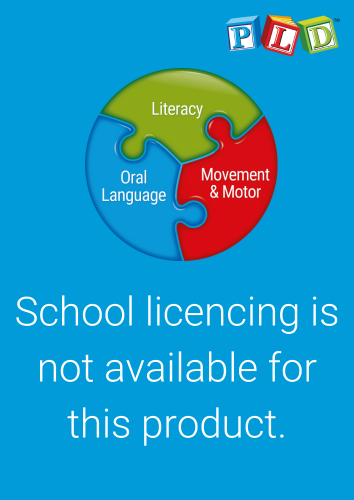
eBooks are solely for use by a single individual user. e.g. An individual classroom teacher. Learn more.
Representing the phonic and sound structure of words
Decoding and spelling is dependent upon phonics and ‘sounding out’ (or phonological awareness) processes. The colour coding process adopted in the charts highlights the focus phonic patterns along with the sound structure contained within the words.
Phonic Charts – Stage 4 focus on the following: ‘a’ as ‘ar’, ‘a’ as ‘o’, ‘c’ as ‘s’, ‘ch’ as ‘k’, ‘g’ as ‘j’, ‘o’ as ‘u’, ‘or’, ‘s’ & ‘ss’ as ‘sh’, ‘y’ as ‘i’, -age, ‘ear’ as ‘er’, use, ‘au’ & ‘augh’ as ‘or’, ‘ough’ as ‘or’, ‘si’ as ‘zh’, ‘ci’ as ‘sh’, -ain, ‘i-e’ as ‘ee’, ‘our’ as ‘schwa er’, ‘ou’ as ‘u’, ‘tu’ as ‘ch’, ‘ie’ as ‘ee’, ‘eigh’ as ‘ay’, silent t, silent c, silent w, ‘gu’ as ‘g’, ‘ss’ & ‘si’ as ‘sh’, ‘e’ as ‘zh’, ‘s’ as ‘zh’, ‘e’ as ‘i’, ‘au’ as ‘o’, ‘ei’ as ‘ee’, ‘u’ as ‘long oo’, ‘al’ as ‘ar’, ‘ar’ as ‘schwa er’.
Features:
- The charts can be utilised for the purpose of display or as flash cards.
- Extend phonic knowledge, whilst highlighting the sound structure and the vocabulary nature of the words.
- Writing is supported when students have access to environmental print, which consolidates concepts covered.
- Each set of charts is based directly upon the PLD’s Phonic & sight word sequence.
Other phonic posters, available in print or as eBooks, in this series:
- Alphabet Sound Charts – Foundation Font
- Phonic Charts – Stage 1
- Phonic Charts – Stage 2
- Phonic Charts – Stage 3
- Phonic Charts – Stage 1-4 – Full Set
Sound Wall Charts:
- Sound Wall Charts for the Early Years (26 A4 coloured charts which focus on the alphabet)
- Sound Wall Charts for Foundation (42 A4 coloured charts which focus on the alphabet and Stage 1 digraphs)
- Sound Wall Charts for Year 1 (49 A4 coloured charts which focus on Stage 1 & Stage 2 digraphs)
- Sound Wall Charts for Year 2 & 3 (71 A4 coloured charts which focus on Stage 1, Stage 2 & Stage 3 digraphs)
What is a sound wall display?
A sound wall is an interactive display of phonic concepts and words that is organised by and/or emphasises individual sounds (phonemes). Commonly there is one wall for consonants and one for vowels.
Sound walls focus on the formation of phonemes which gives young students a structure that helps them understand the foundation of language and written literacy. As we know from current research about the science of reading, children learn to read through the application of orthographic mapping, a speech-to-print process where letters are mapped to known speech sounds. Teachers need to harness this modern understanding by using sound wall displays as a teaching and learning tool in their classrooms to support the process of learning to read and spell.
eBooks are solely for use by a single individual user. e.g. An individual classroom teacher. Australian Copyright laws prohibit illegal distribution, storage or sharing of this eBook. Usage is tracked and breaches may result in prosecution. Learn more.
If you would like to provide multiple users with access to this resource we suggest selecting the 'Whole School Access' tab at the top of the screen to purchase a School Licence. Learn more.
Phonic Charts – Stage 4 – School Licence


This product is currently not available as a School Licence.
A School Licence is a multi-user subscription to a PLD resource, such as a book or program, in a digital and printable format that is available on all devices.
A School Licence is valid for 12 months from the date of purchase and can be used by an unlimited number of teachers within a school.
To read more about school licencing and to view the full range of licenced publications select PLD School Licences
Below you will find a range of FAQ'S related to school licences:
- What is a PLD School Licence?
- What are the benefits of a School Licence?
- What PLD resources are available to buy under a School Licence?
- Who should purchase the School Licence?
- How do I purchase a School Licence?
- How do I add a teacher to a School Licence?
- How do I remove a teacher from a School Licence?
- I don’t know whether to buy a School Licence or an EBook.
- Can I share my School Licence with teachers from other schools?
- Can I store a school licened resource on my school’s server?
- Can I print out copies of the digital versions?
Books: PLD’s books may be used by the authorised purchaser within their classroom, however there are restrictions regarding modifying, copying or sharing. Full details can be found here.
eBooks: eBooks will be stamped with the name and email address of the purchaser and may only be used by the authorised purchaser (an individual user) within their classroom. eBooks may NOT be shared with other users or stored on a shared drive/portal/server/LMS. Learn more here.
School Licences: A School Licence allows access to a resource to be shared with an unlimited number of employees who are employed by the ‘Authorised purchaser’. These resources can be accessed by multiple users simultaneously and can be printed (subject to restrictions) or displayed by employees of the ‘Authorised purchaser’ within their classroom. Learn more here.
Downloadable resources & screening tools: These resources can be viewed, downloaded, printed and shared providing the resources are not modified in any way. Learn more here.
Breaches of Australian Copyright Law are taken seriously and may result in legal action being taken. Full copyright information can be found. Learn more here.
ISBN :
9 781925 057850



